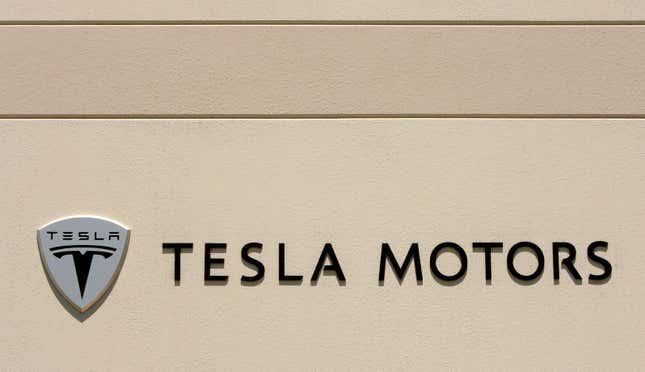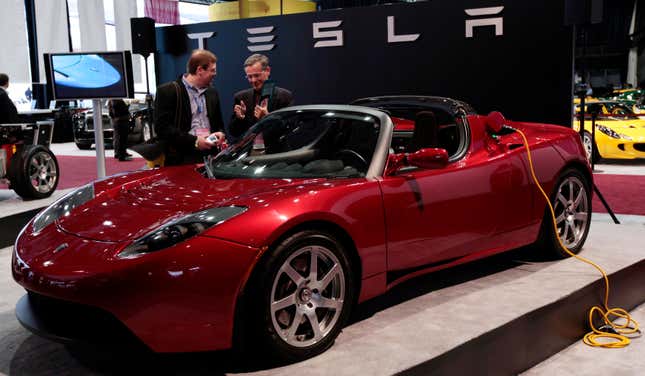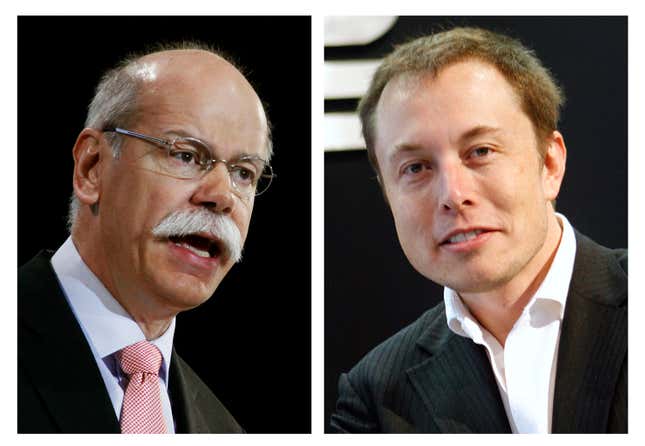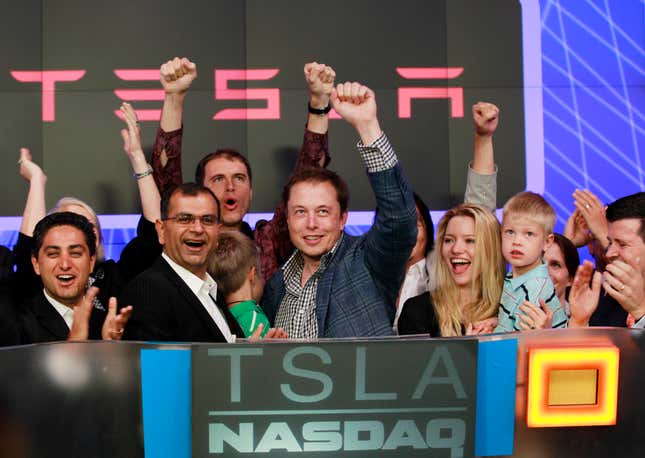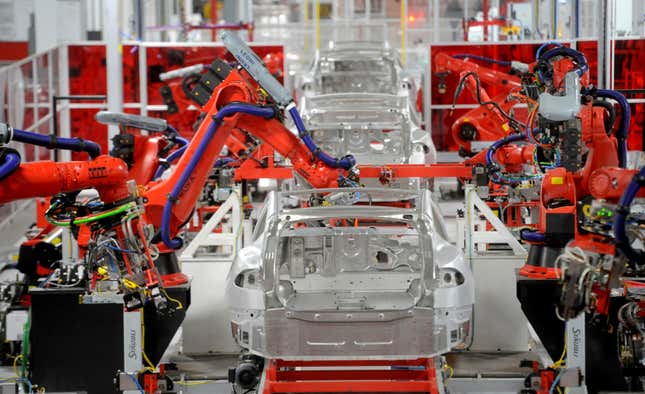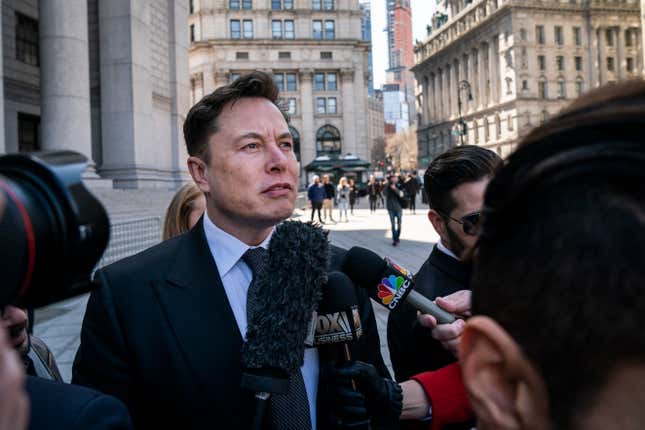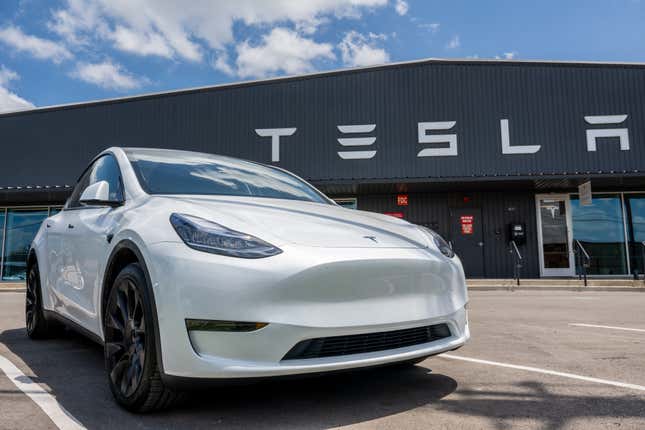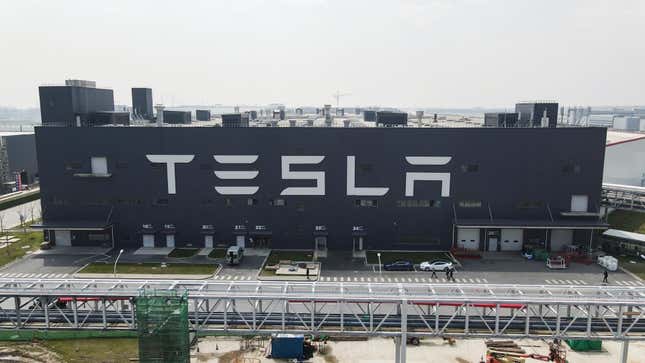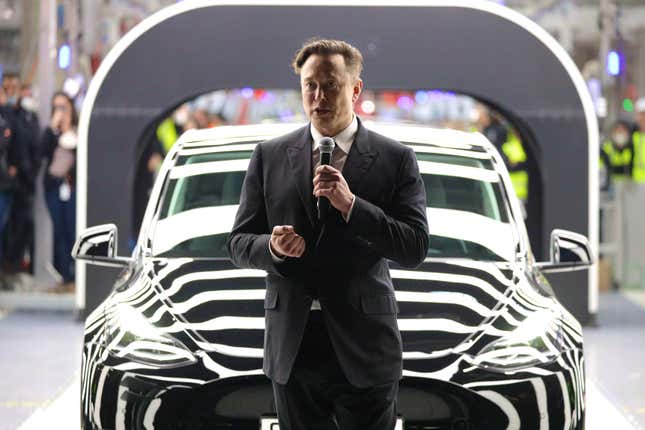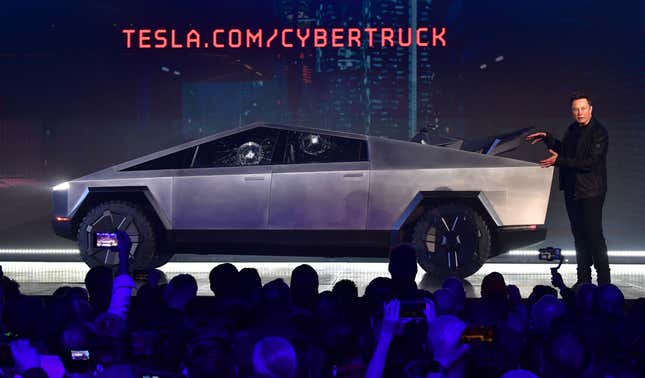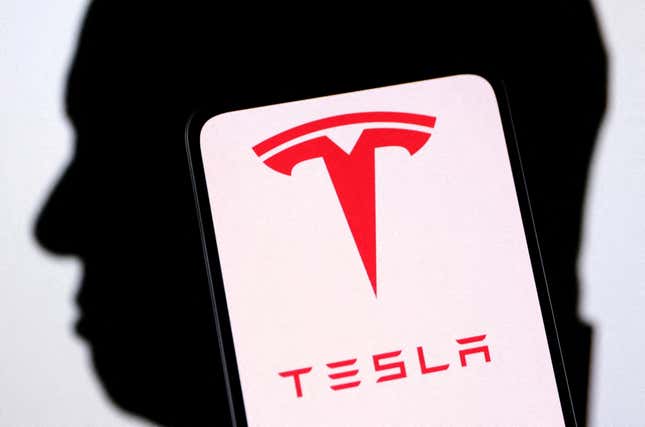
Sometimes it’s hard to remember that Tesla, Elon Musk’s electric vehicle giant, isn’t even old enough to legally drink.
Tesla is the 14th most valuable company in the world, with a market capitalization of $566 billion as of March 27 — despite experiencing a series of complications in 2024. The EV maker has factories across three continents, and its chief executive is the second richest person in the world (at least for now).
Tesla has gone through a lot in less than 21 years: It’s introduced six passenger vehicles and the Tesla Semi trucks, built several factories, flirted with bankruptcy, and battled federal regulators.
Here are 11 of the most important moments in Tesla’s history.
